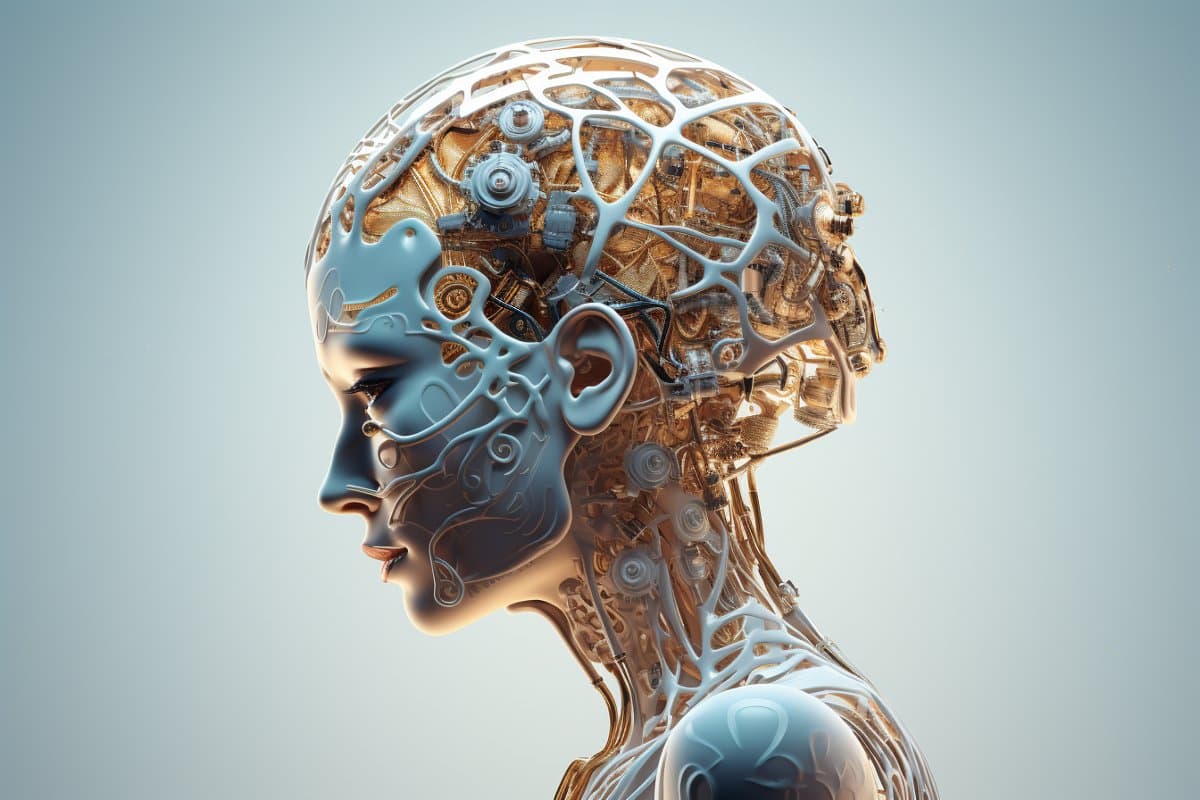Summary: A new study presents a compelling case for the integration of Large Language Models (LLMs) like ChatGPT into neuroscience, highlighting their potential to transform research by analyzing vast datasets beyond human capability. The authors suggest that LLMs can bridge diverse neuroscience fields by communicating with each other, thus accelerating discoveries in areas such as neurodegeneration drug development.
While acknowledging the challenges of understanding AI-derived insights, they argue for a cultural shift towards embracing AI in research, emphasizing that LLMs could synthesize knowledge from sprawling data, potentially outpacing human comprehension but driving clinical advancements.
Key Facts:
- LLMs have the potential to interpret and analyze neuroscientific data across various domains, offering insights that might surpass human analysis.
- The collaboration between LLMs in different neuroscience areas could lead to groundbreaking discoveries, such as identifying new molecules for neurodegeneration treatment.
- Realizing LLMs’ full potential in neuroscience requires significant infrastructure investment and a shift towards a more data-driven scientific approach.
Source: McGill University
The past year has seen major advances in Large Language Models (LLMs) such as ChatGPT. The ability of these models to interpret and produce human text sources (and other sequence data) has implications for people in many areas of human activity.
A new perspective paper in the journal Neuron argues that like many professionals, neuroscientists can either benefit from partnering with these powerful tools or risk being left behind.
In their previous studies, the authors showed that important preconditions are met to develop LLMs that can interpret and analyze neuroscientific data like ChatGPT interprets language. These AI models can be built for many different types of data, including neuroimaging, genetics, single-cell genomics, and even hand-written clinical reports.
In the traditional model of research, a scientist studies previous data on a topic, develops new hypotheses and tests them using experiments. Because of the massive amounts of data available, scientists often focus on a narrow field of research, such as neuroimaging or genetics. LLMs, however, can absorb more neuroscientific research than a single human ever could.
In their Neuron paper, the authors argue that one day LLMs specialized in diverse areas of neuroscience could be used to communicate with one another to bridge siloed areas of neuroscience research, uncovering truths that would be impossible to find by humans alone.
In the case of drug development, for example, an LLM specialized in genetics could be used along with a neuroimaging LLM to discover promising candidate molecules to stop neurodegeneration. The neuroscientist would direct these LLMs and verify their outputs.
Lead author Danilo Bzdok mentions the possibility that the scientist will, in certain cases, not always be able to fully understand the mechanism behind the biological processes discovered by these LLMs.
“We have to be open to the fact that certain things about the brain may be unknowable, or at least take a long time to understand,” he says. “Yet we might still generate insights from state-of-the-art LLMs and make clinical progress, even if we don’t fully grasp the way they reach conclusions.”
To realize the full potential of LLMs in neuroscience, Bzdok says scientists would need more infrastructure for data processing and storage than is available today at many research organizations.
More importantly, it would take a cultural shift to a much more data-driven scientific approach, where studies that rely heavily on artificial intelligence and LLMs are published by leading journals and funded by public agencies.
While the traditional model of strongly hypothesis-driven research remains key and is not going away, Bzdok says capitalizing on emerging LLM technologies might be important to spur the next generation of neurological treatments in cases where the old model has been less fruitful.
“To quote John Naisbitt, neuroscientists today are ‘drowning in information but starving for knowledge,’” he says.
“Our ability to generate biomolecular data is eclipsing our ability to glean understanding from these systems. LLMs offer an answer to this problem. They may be able to extract, synergize and synthesize knowledge from and across neuroscience domains, a task that may or may not exceed human comprehension.”
About this AI and neuroscience research news
Author: Shawn Hayward
Source: McGill University
Contact: Shawn Hayward – McGill University
Image: The image is credited to Neuroscience News
Original Research: The findings will appear in Neuron

Dr. Thomas Hughes is a UK-based scientist and science communicator who makes complex topics accessible to readers. His articles explore breakthroughs in various scientific disciplines, from space exploration to cutting-edge research.








